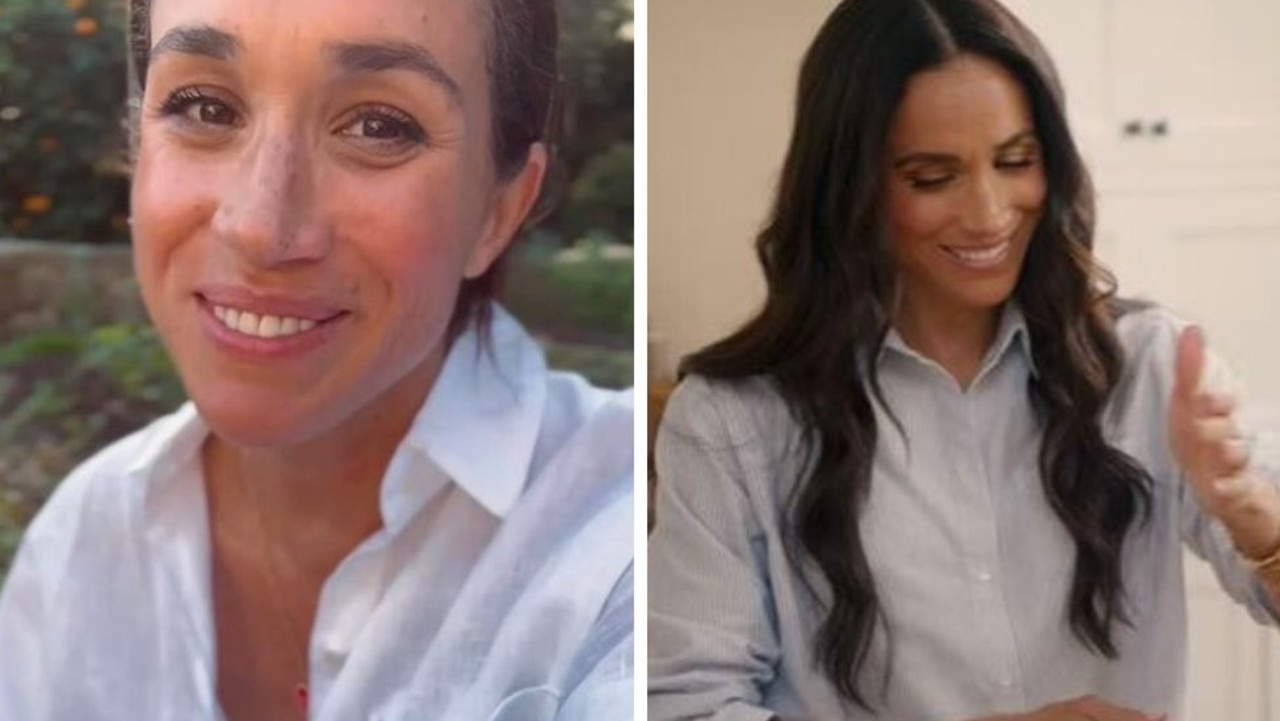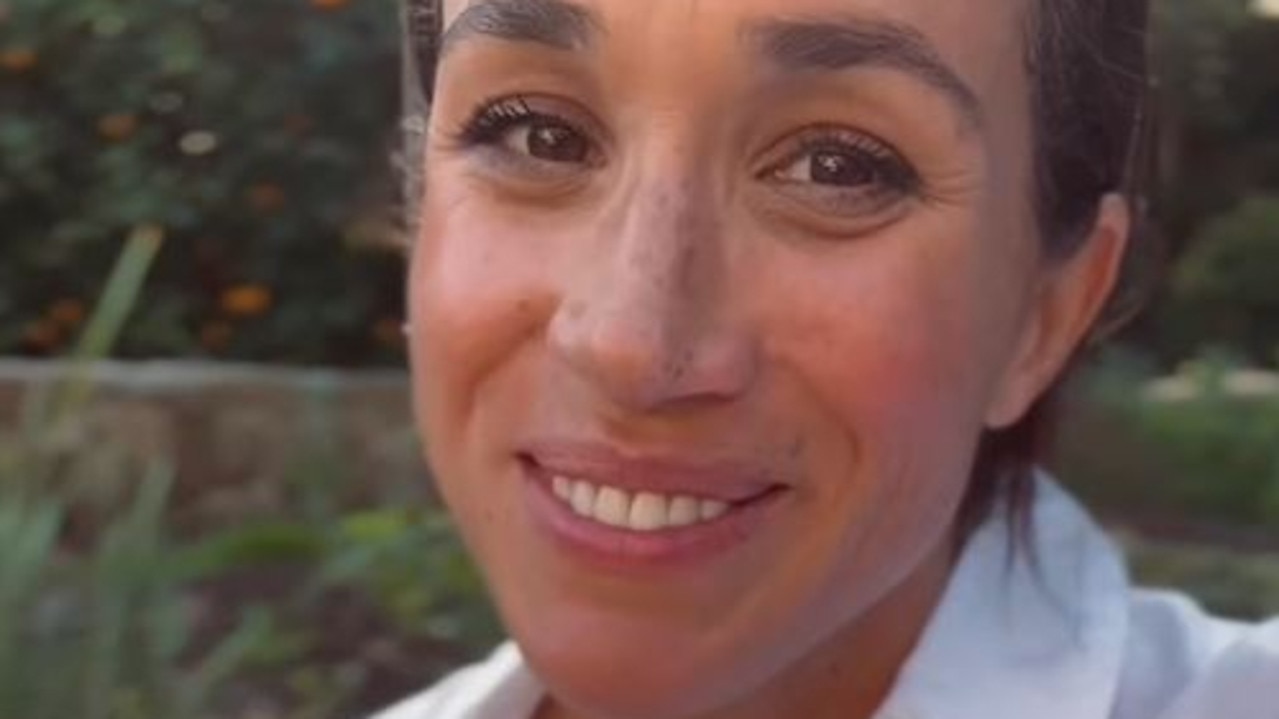New push for royal family to return priceless items stolen during colonial rule
Queen Elizabeth has been laid to rest after a 70-year reign – but now, attention is turning to a collection of priceless items in the crown’s possession.
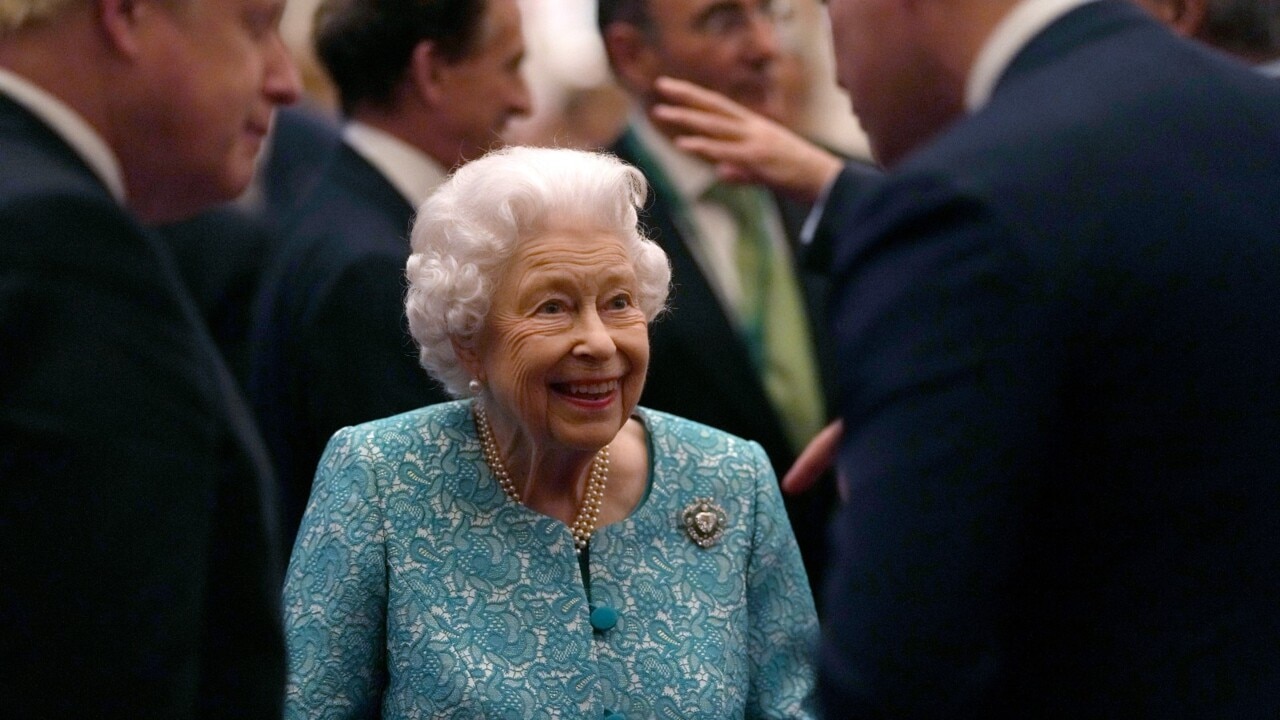
Queen Elizabeth has been laid to rest after a record-breaking 70-year reign – but now, attention is turning to a collection of priceless items “stolen” by the British crown.
One example is the Kohinoor – one of the largest and most expensive cut diamonds in the world – which was taken from India by the British in the mid-1800s.

While the exact origins of the $591 million jewel are unclear, the British are said to have acquired the stone in the late 1840s after convincing 10-year-old King Maharajah Duleep Singh to surrender Punjab to Britain’s East India Company, with the diamond reaching Queen Victoria around 1850.
Another diamond again in the spotlight is the 500 carat Great Star – also known as the Cullinan – which was discovered in South Africa in 1905 and gifted to the royal family by the colonial rulers at the time.
The huge stone was cut to create nine major stones and 96 smaller brilliants, and the two largest were named the Cullinan I and the Cullinan II.
They are set in the Sovereign’s Sceptre with Cross and the front band of the Imperial State Crown, which sat atop the late Queen Elizabeth II’s coffin on Monday.
So far, thousands have signed a petition calling for the return of the Cullinan to South Africa, with organiser Ndumiso Ngwenya explaining that: “As South Africans, we would like our diamonds returned and displayed in a South African museum”.
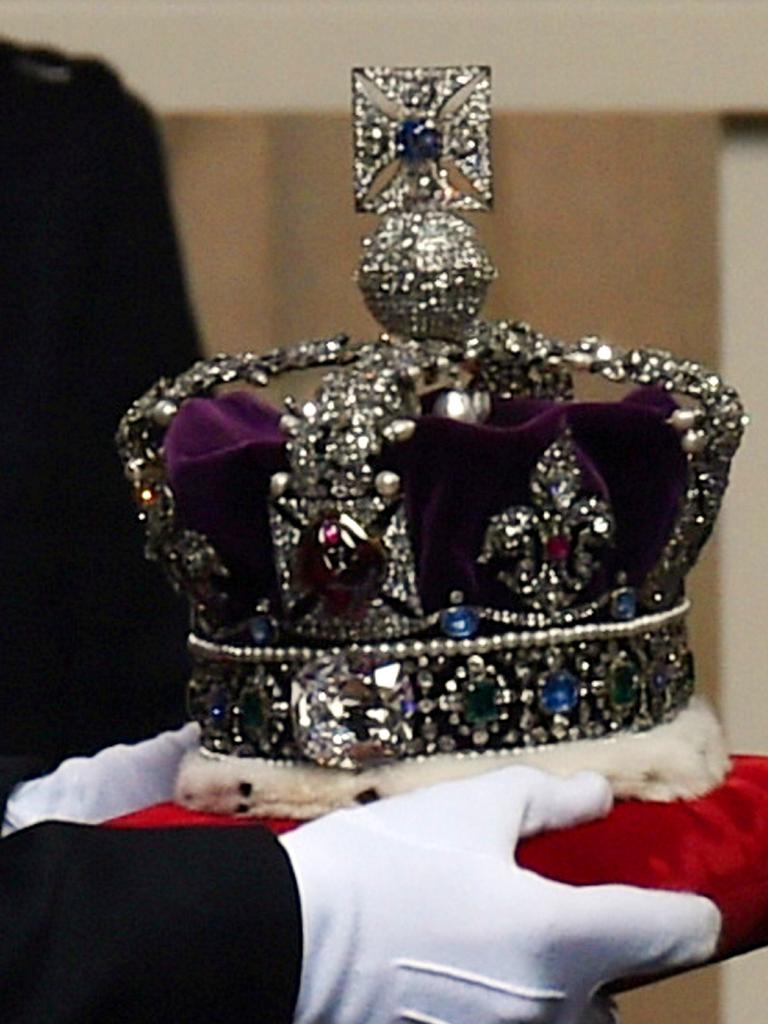
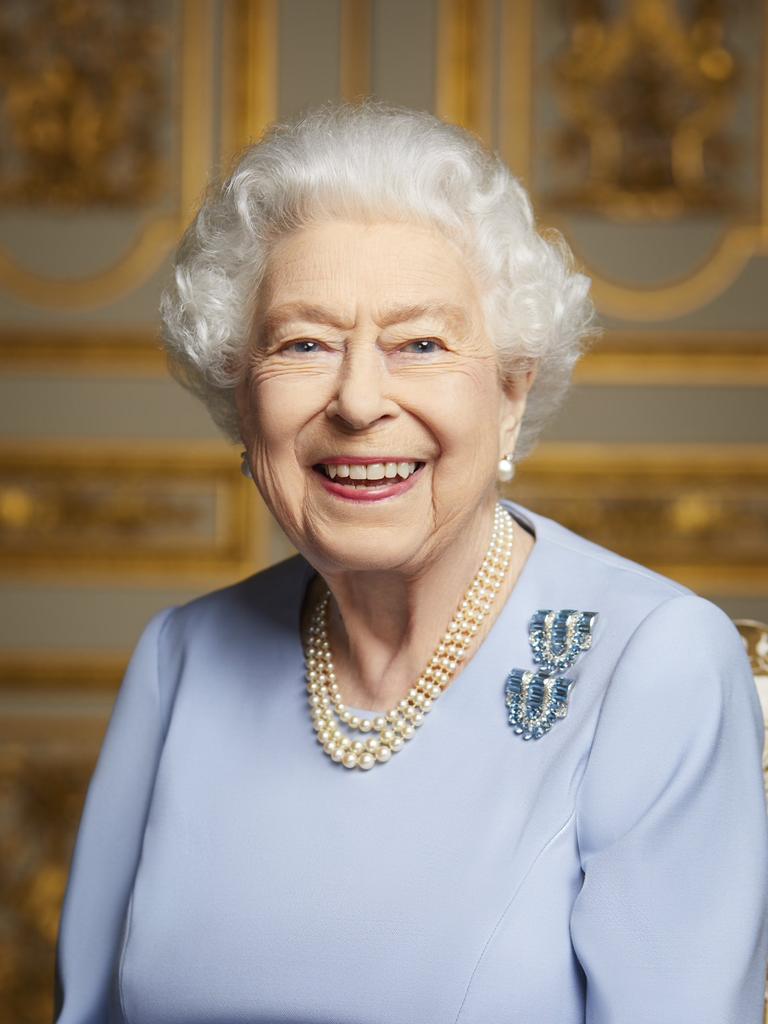
Activist Thanduxolo Sabelo also told local media that “the Cullinan diamond must be returned to South Africa with immediate effect”, and that “the minerals of our country and other countries continue to benefit Britain at the expense of our people”.
“We remain in deep, shameful poverty, we remain with mass unemployment and rising levels of crime due to the oppression and devastation caused by her and her forefathers,” he said.
But the debate doesn’t stop there, with a photo of a young Queen Elizabeth posing during her coronation with the Imperial State Crown, Sovereign’s Sceptre with Cross and Sovereign’s Orb – as well as several other pieces of priceless jewellery – recently going viral amid claims the jewels from the pieces had been stolen from not only South Africa and India but also a string of former colonies, including Kenya, Nigeria, Australia, Egypt, Barbados and Fiji.
Sovereign’s sceptre and orb
The Imperial State Crown, Sovereign’s Sceptre with Cross and Sovereign’s Orb are at the centre of the renewed debate about the crown jewels, which at held at the Tower of London and include more than 100 objects and over 23,000 gemstones.
According to the Tower of London’s website, “the crown jewels are priceless, being of incalculable cultural, historical, and symbolic value”.
So We should forget about the Cullinan Diamond 💎 because Cyril decided to come back before the reading of the WILL 🙄 very useless 😒
— Thapelo Malete (@ThapeloMalete_) September 19, 2022
🙄🙄🙄🙄🙄🙄🙄🙄🙄🙄🙄🙄🙄🙄🙄🙄🙄🙄🙄🙄🙄🙄🙄🙄
Mr Smeg Pretoria C-section David Mabuza Brian Molefe Afriforum John Legend Gucci #GynaGuardpic.twitter.com/lplt95zcTj
But given many of the stones within the collection – and especially within the crown, sceptre and orb – were taken from former colonies, many are convinced the queen’s death is an appropriate time to return them to their original owners.
The Imperial State Crown is the crown that the monarch wears as they leave Westminster Abbey after their coronation, as well as on other State occasions.
It is made of gold, set with 2868 diamonds, 17 sapphires, 11 emeralds, 269 pearls and four rubies, and contains some of the most famous jewels in the collection, including the Black Prince’s Ruby, the Stuart Sapphire and the Cullinan II diamond.
Meanwhile, the Sovereign’s Sceptre with Cross was remade in 1910 for Queen Elizabeth’s grandfather George V by the addition of the Cullinan I diamond.
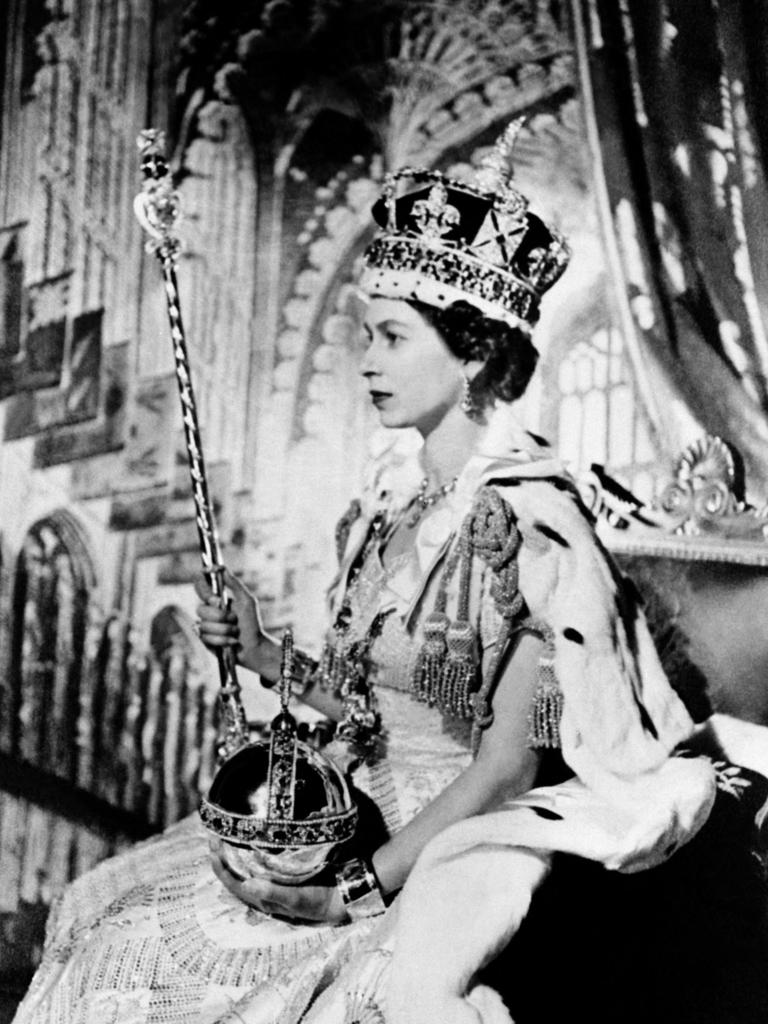
The government of the Transvaal region of South Africa bought the Cullinan diamond – named after the chairman of the mine where it was discovered – and gifted it to King Edward VII.
It symbolised the healing relationship between Britain and South Africa following the Anglo-Boer Wars – but activists say the original purchase was illegal.
Everisto Benyera, Professor of African Politics at the University of South Africa, recently told CNN that “colonial transactions are illegitimate and immoral”.
“Our narrative is that the whole Transvaal and Union of South Africa governments and the concomitant mining syndicates were illegal,” Mr Benyera said.
“Receiving a stolen diamond does not exonerate the receiver. The Great Star is a Blood Diamond.”
Push to return other precious artefacts
In the wake of the monarch’s death there has also been a renewed push for the return of many other precious items, such as Greece’s Elgin marbles and the Egyptian Rosetta stone, which both remain in the British Museum despite popular campaigns to give them back.
The Elgin marbles – named after England’s Lord Elgin – were taken from the Parthenon in Greece in the early 1800s, and a high-profile campaign to return them has been running for years.
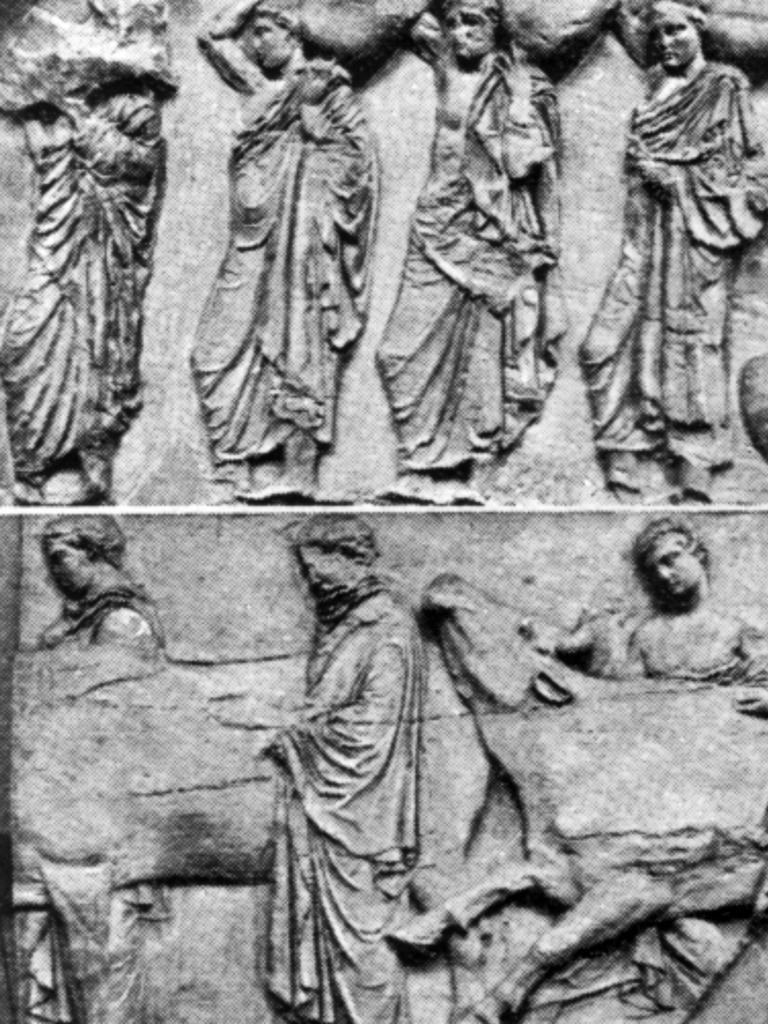
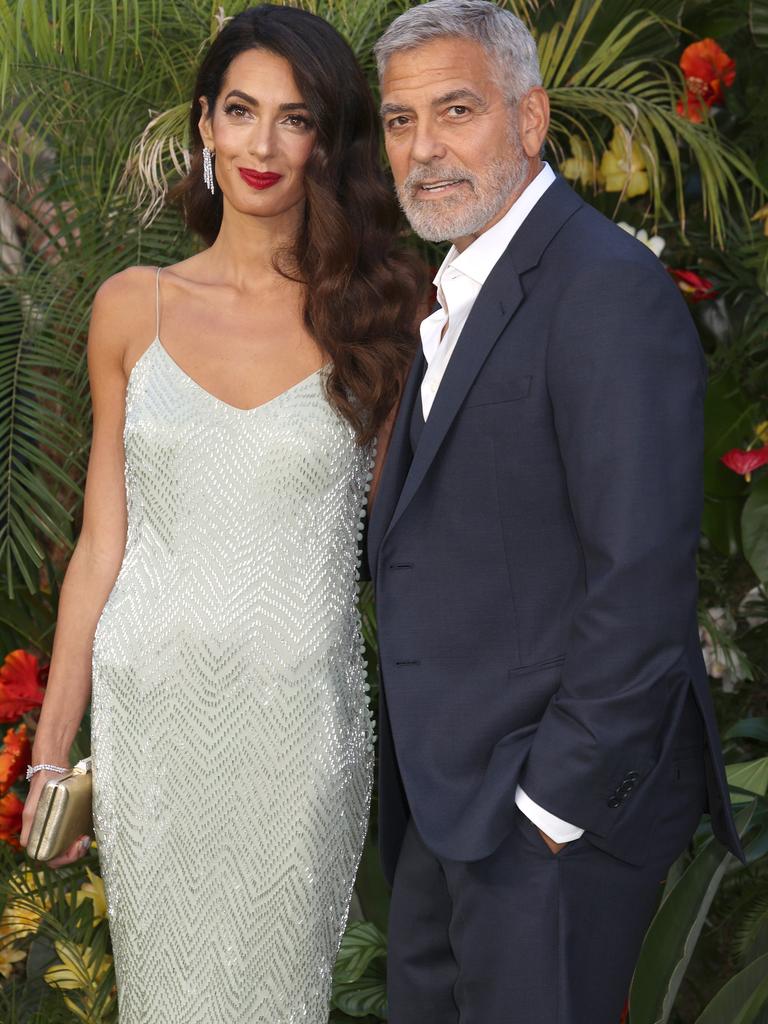
The case has gained the attention of renowned human rights lawyer Geoffrey Robertson, who agrees they were stolen, while fellow human rights lawyer Amal Clooney and her husband actor George Clooney have also been involved in supporting the cause.
The Rosetta stone was found by Napoleon Bonaparte’s forces in 1799, and was given to the British Museum from France in 1802 under a treaty during the Napoleonic Wars.
The treasure – which was the key to deciphering ancient Egyptian hieroglyphics – has been on display in the British Museum ever since, despite demands they be repatriated.
Another example are the “Benin Bronzes” – a group of sculptures created from the 16th century in Benin City, which was part of the British Empire from 1897 to 1960 and is now part of Nigeria.
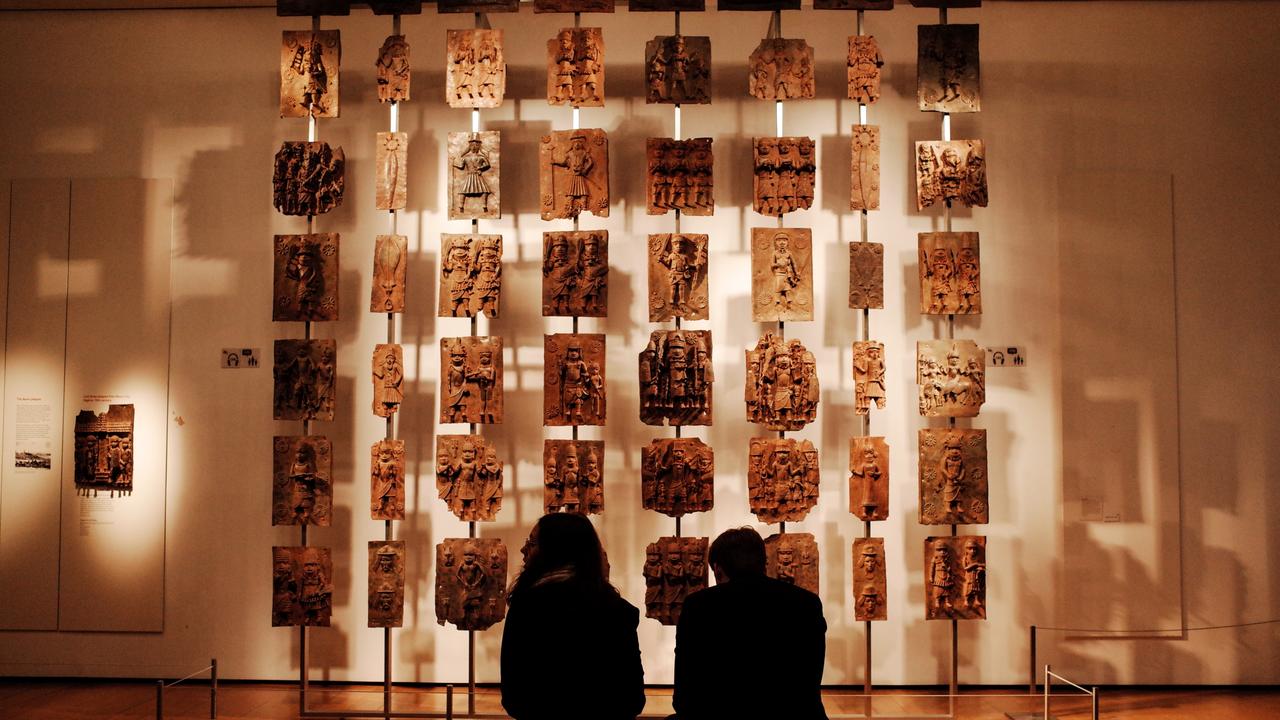
They were taken by the British Museum by the end of the 19th century, when the Nigerian coast and its trade were largely dominated by the British, the museum explains, with more than 900 objects from the historic Kingdom of Benin now in the British Museum’s collection.
However, Benin objects are also on display in many other museums, and some have recently pledged to return them.
Meanwhile, more than 100,000 Kenyan citizens have petitioned the royal family for an apology and reparations regarding “brutal” atrocities committed during the colonial period.
‘Justice’ for Indigenous ancestors
The issue also affects Australia, with Indigenous artist Allan McKenzie going viral last week after speaking out about the push to repatriate the remains of countless Aboriginal warriors, which were taken under the royal family’s watch from the late 18th century.
“Just sit back and think of what Aboriginal people have faced during the time frame the Commonwealth has dictated to my people … My heart has been and always will be for justice of our ancestors that lay in boxes in museums as spectacles,” Mr McKenzie posted, telling news.com.au that “the royal family were receiving people’s bodies back in the early 1900s, and nobody in Australia talks about it”.
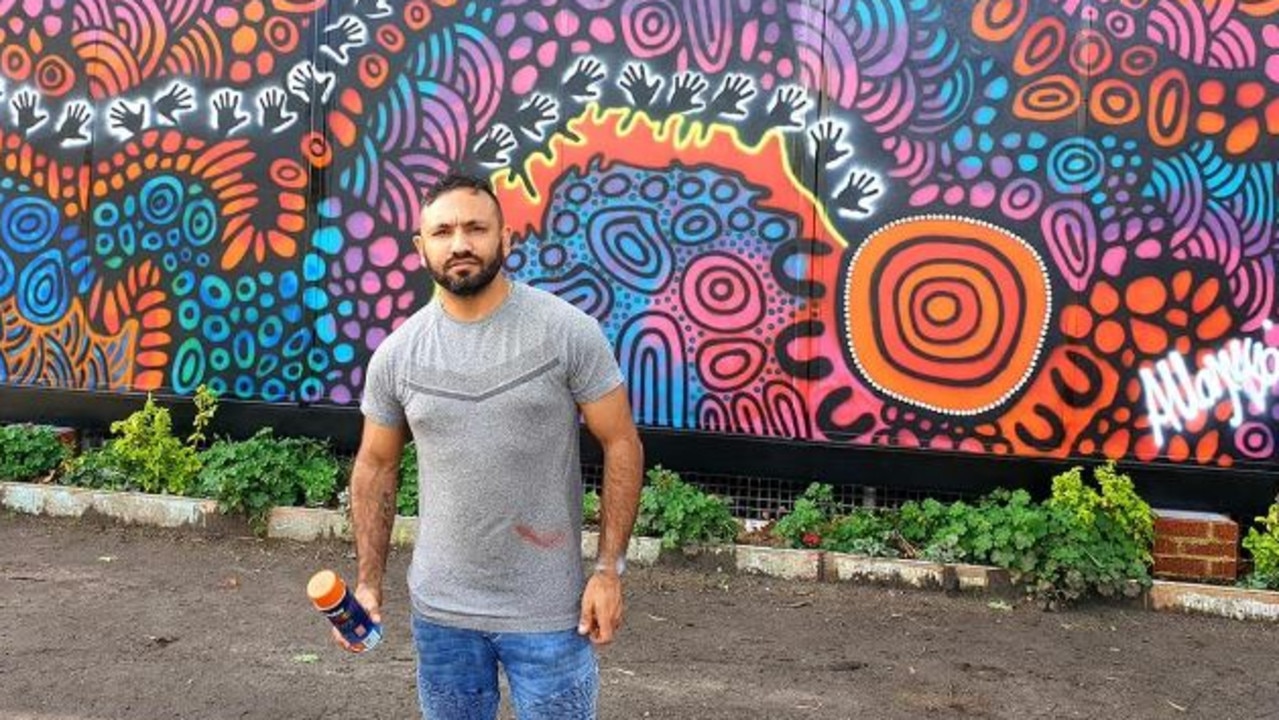
“Most of the wealth they acquired over lifetimes came at the expense of the traditional owners of the lands that were fractured by these people,” he said.
Pressure on Charles
Meanwhile, Jyoti Atwal, a historian at New Delhi’s Jawaharlal Nehru University, told the ABC that King Charles III will now have to confront the past and apologise for Britain’s role in historical events.
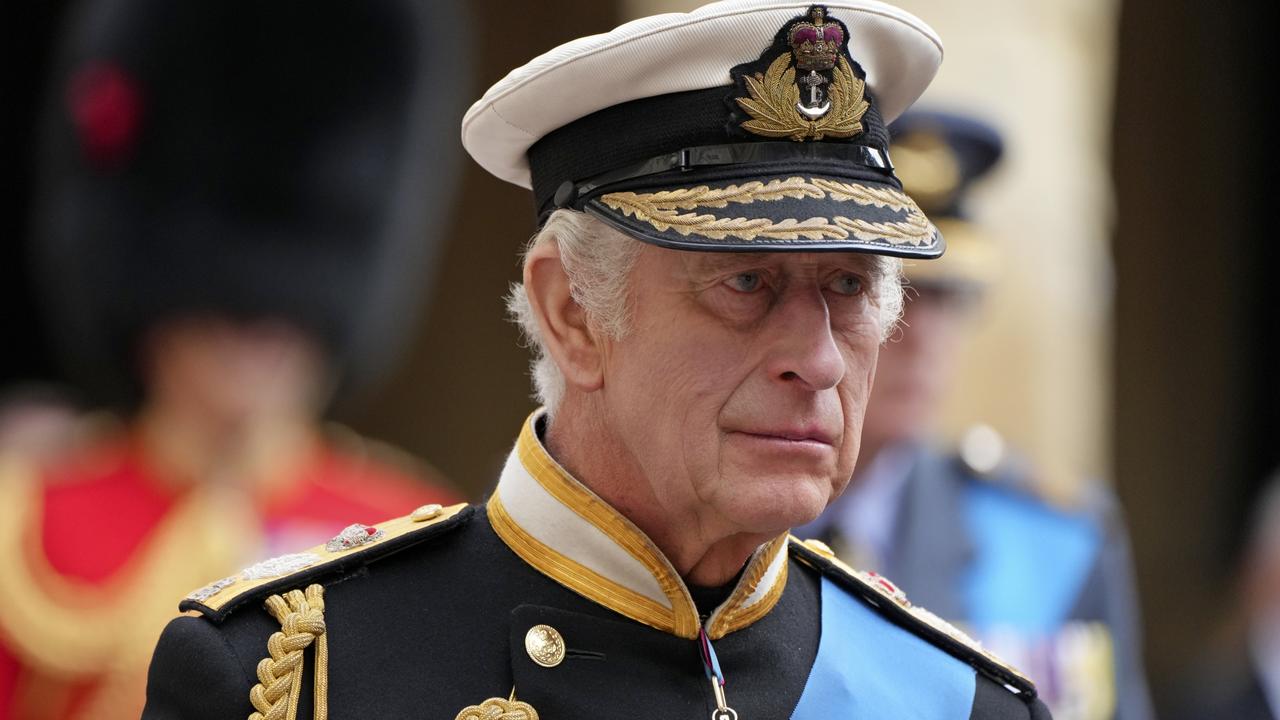
We further call upon His Majesty King Charles to return the Diamonds stolen in South Africa starting with the Star of Africa- the Cullinan worth $400 Million with immediate effect. #QueenElizabethII#RoyalFamily#PhalaPhalaFarmGate#PhalaPhalaPicket#LondonBridgeIsDownpic.twitter.com/WV9CtQclxH
— Siyakhula Kremlin🥷🿠🇷🇺 (@misumuzi_4) September 9, 2022
“King Charles will have to look at this new phase of anti-colonialism because anti-colonialism has changed its face now,” Professor Atwal said.




